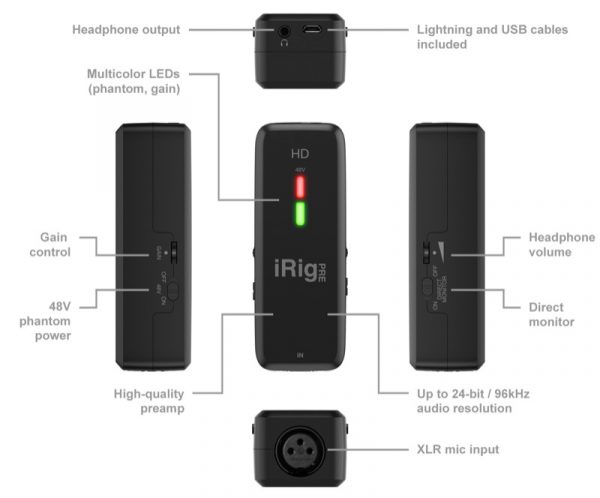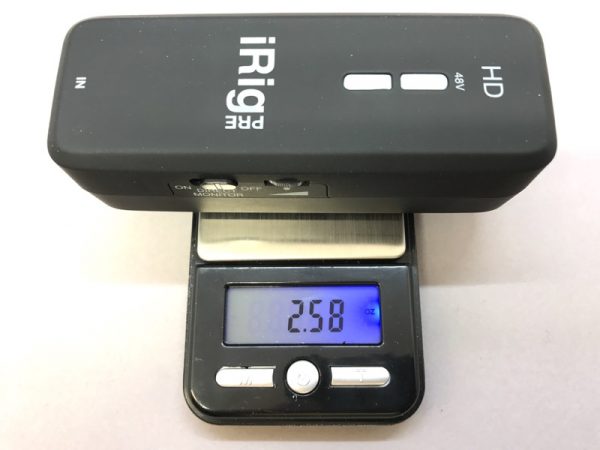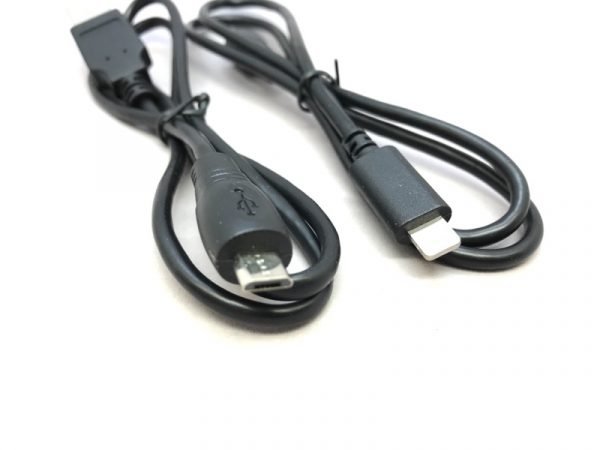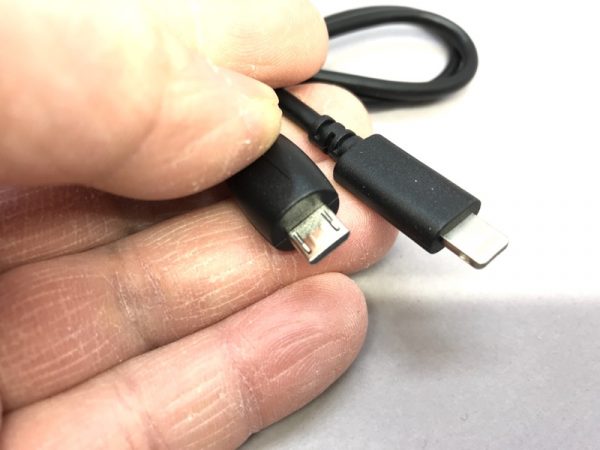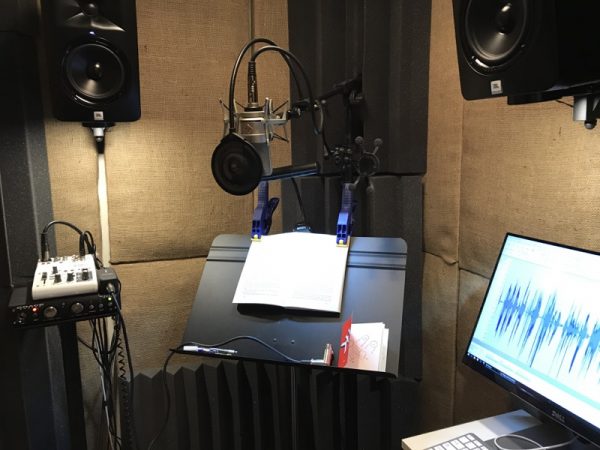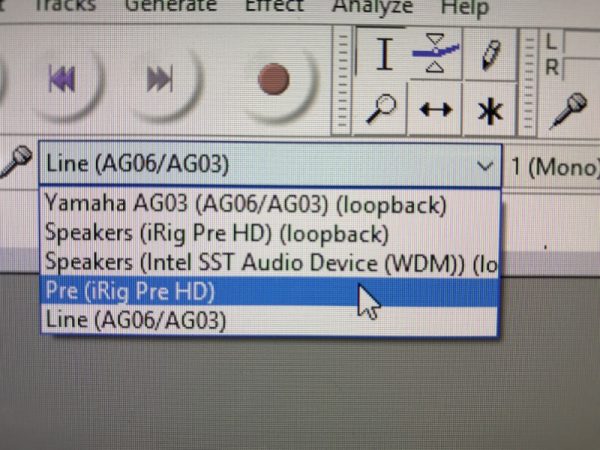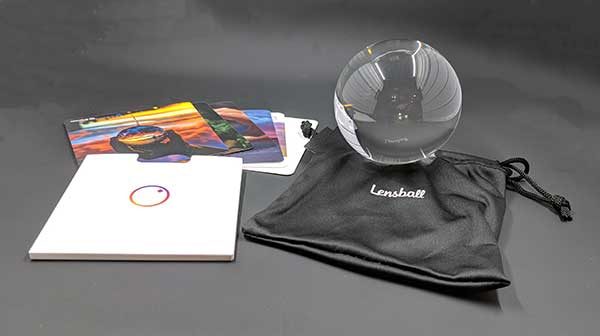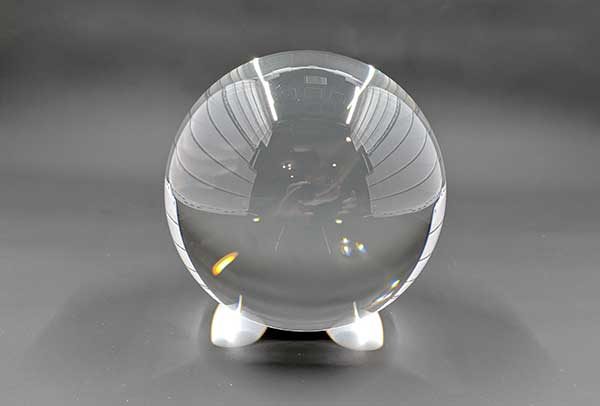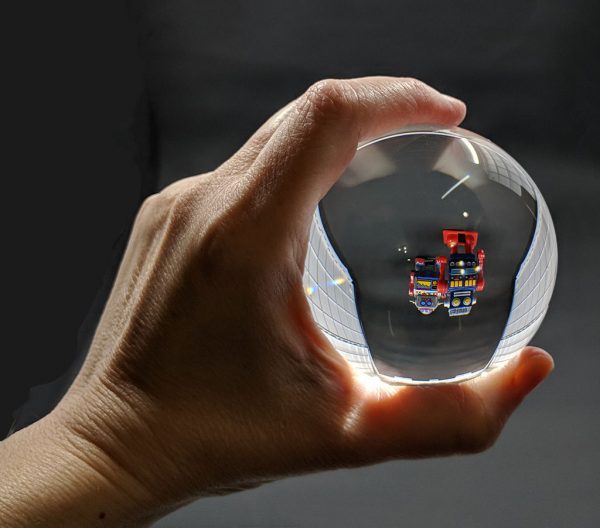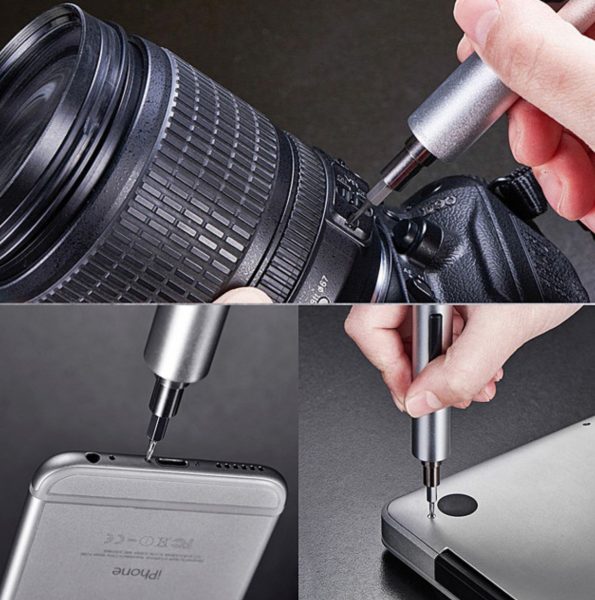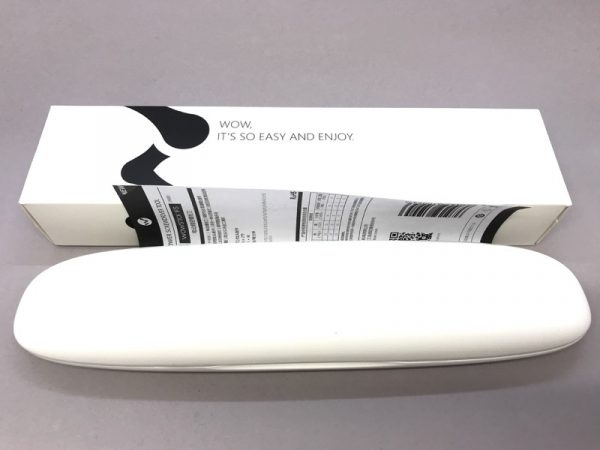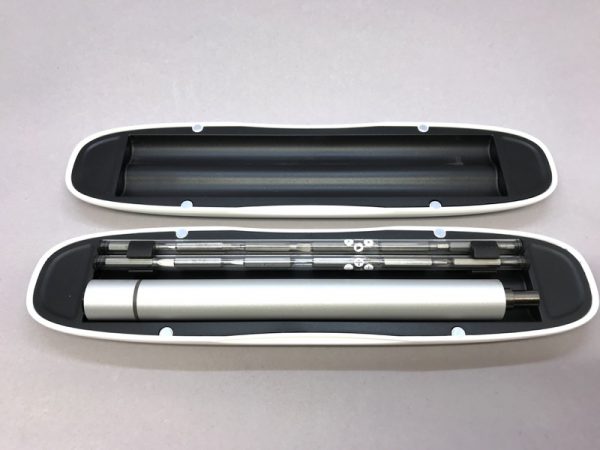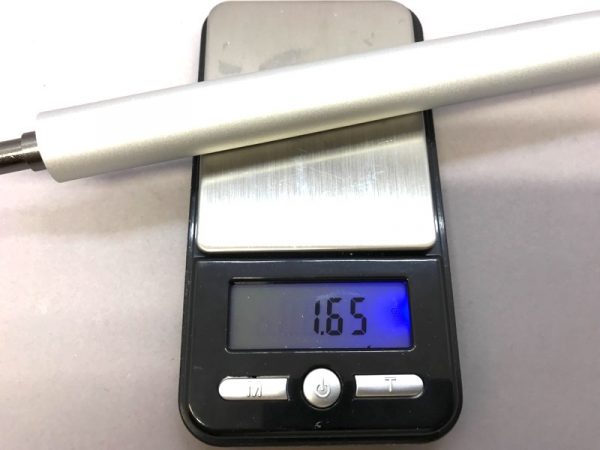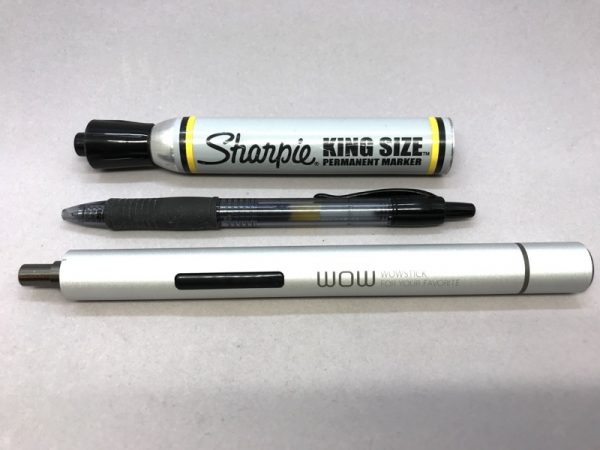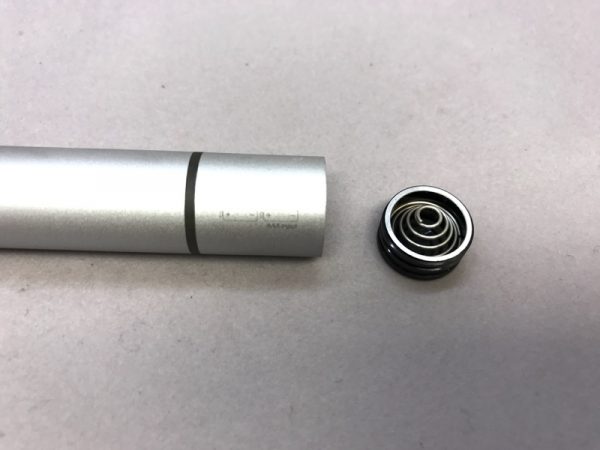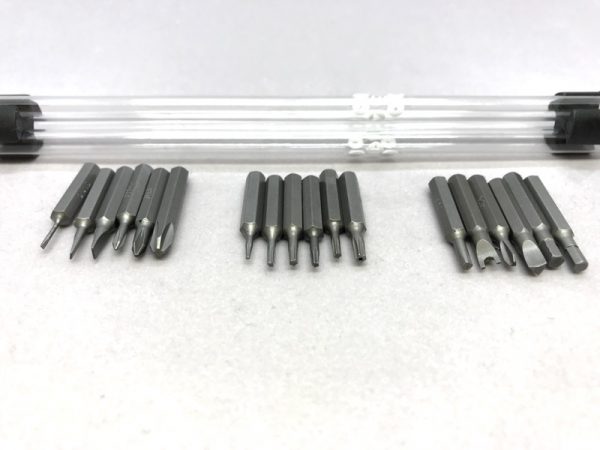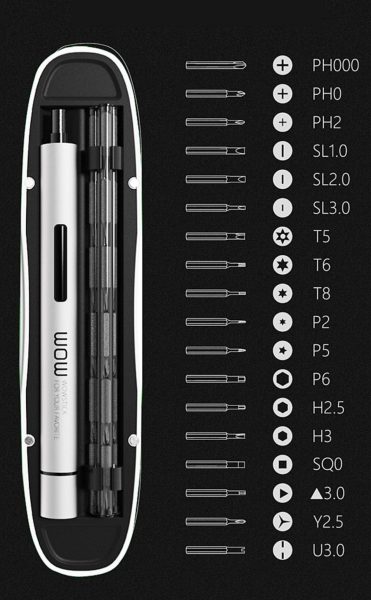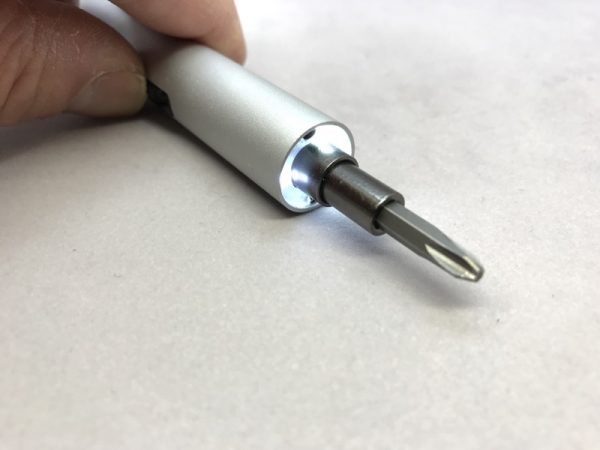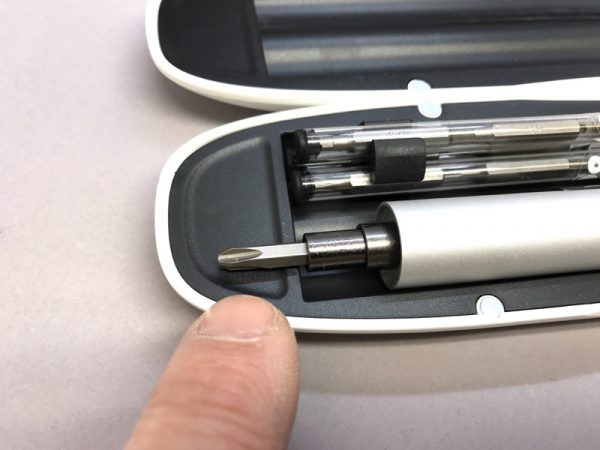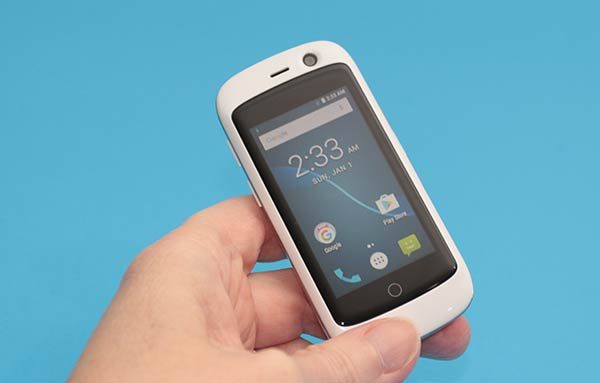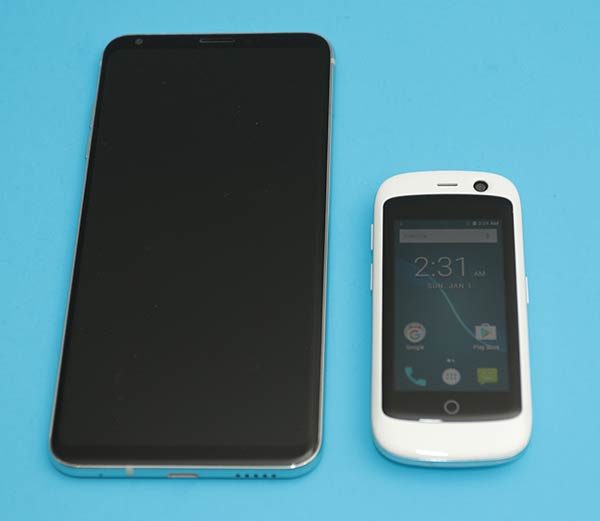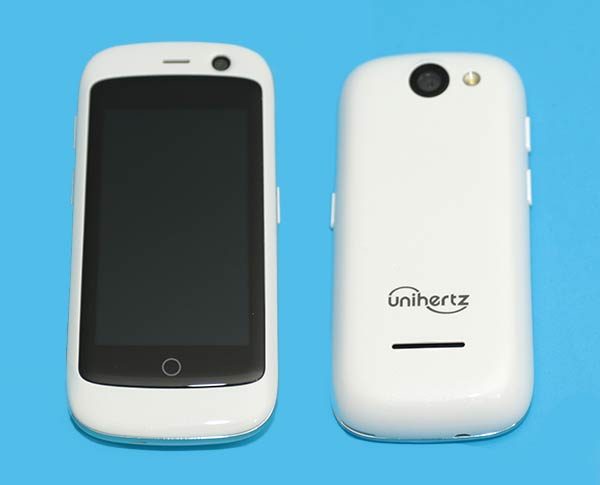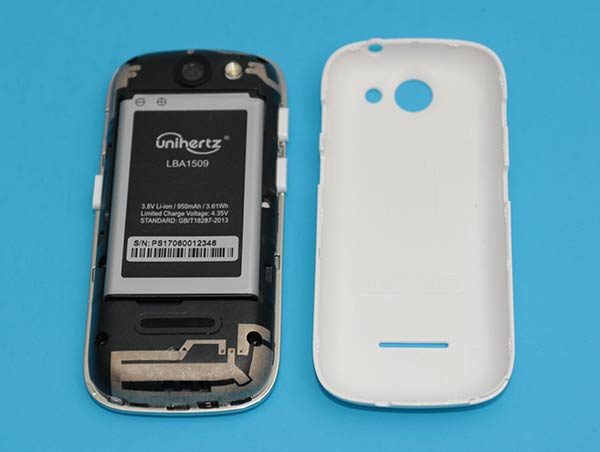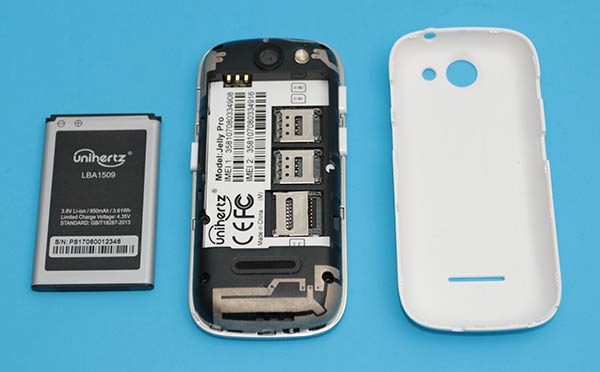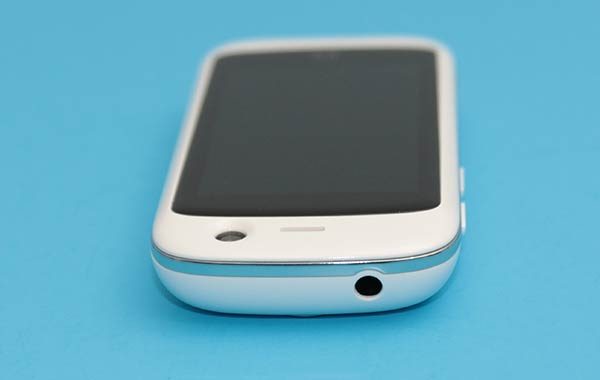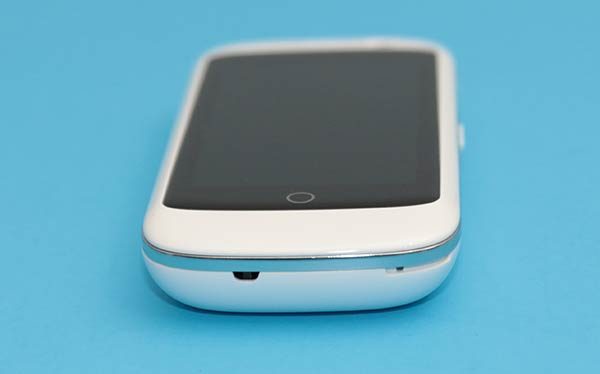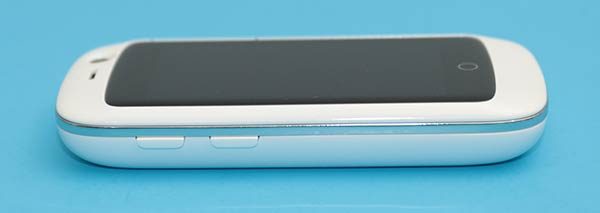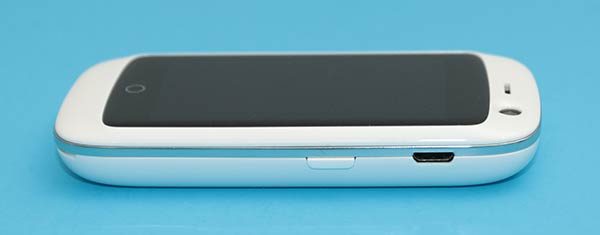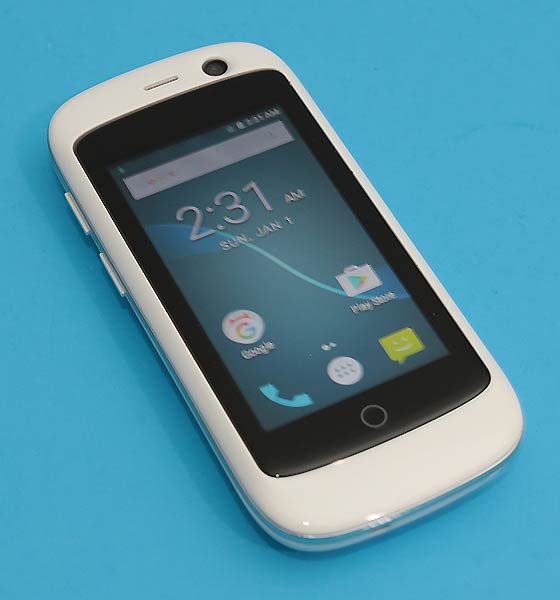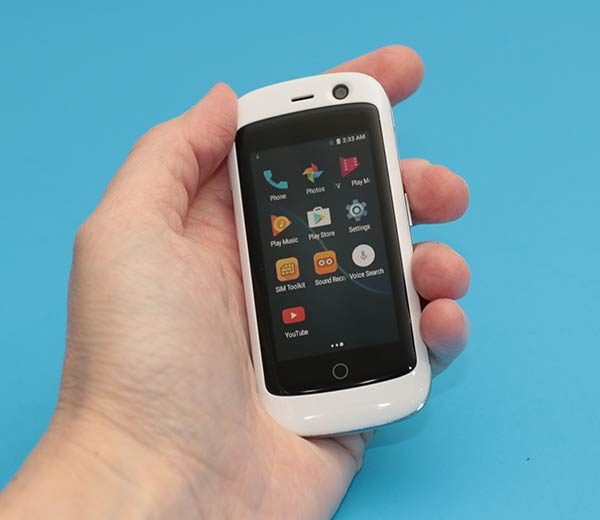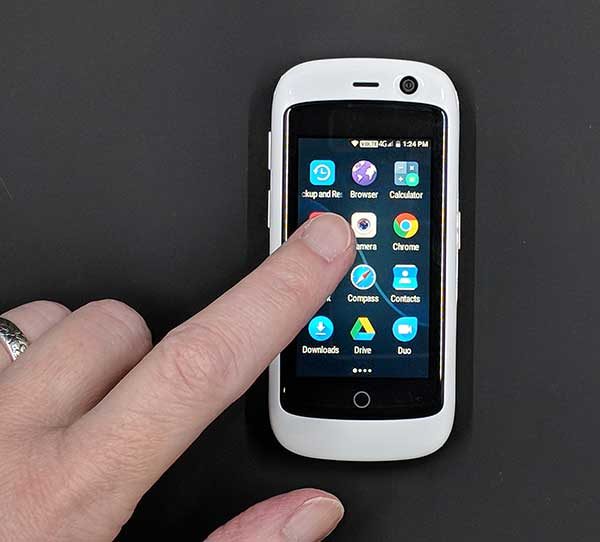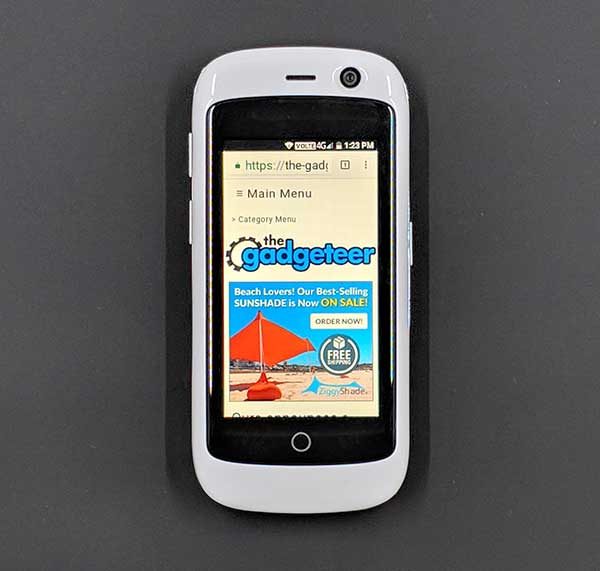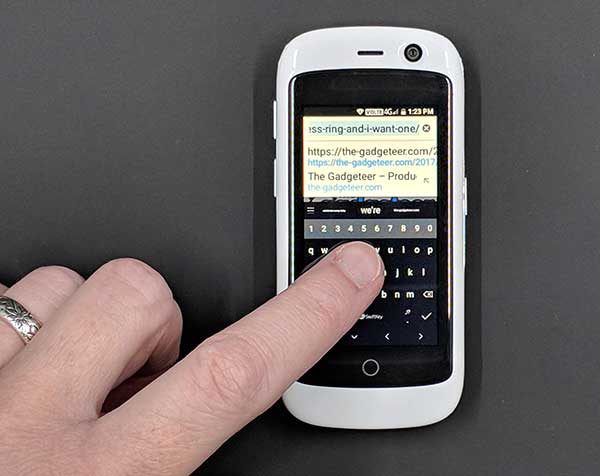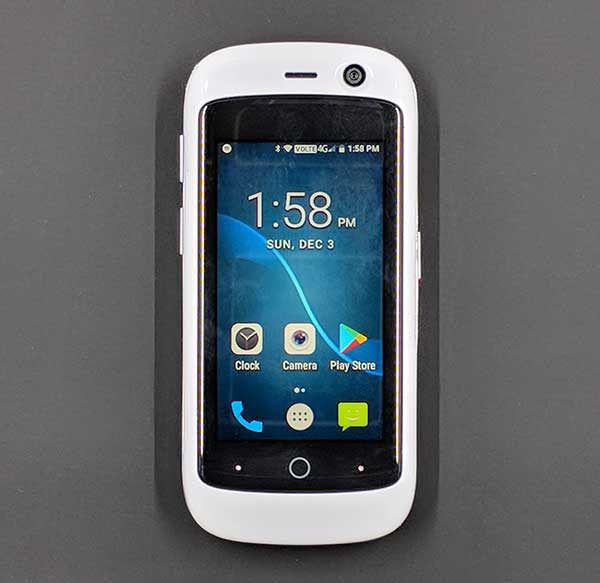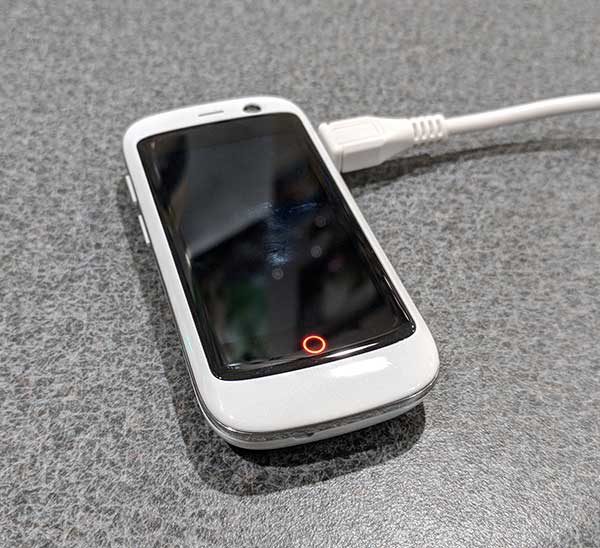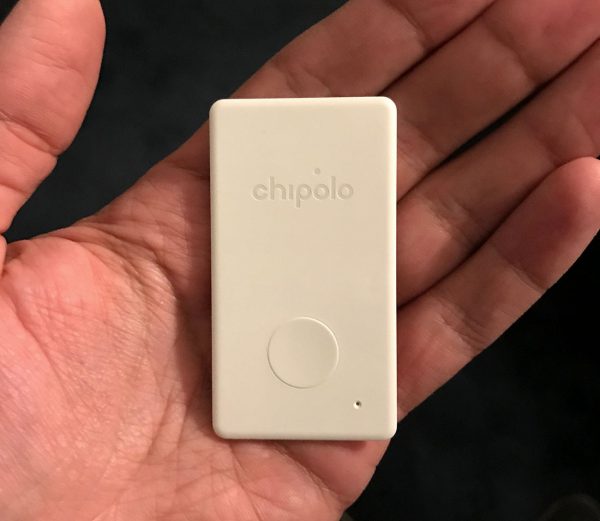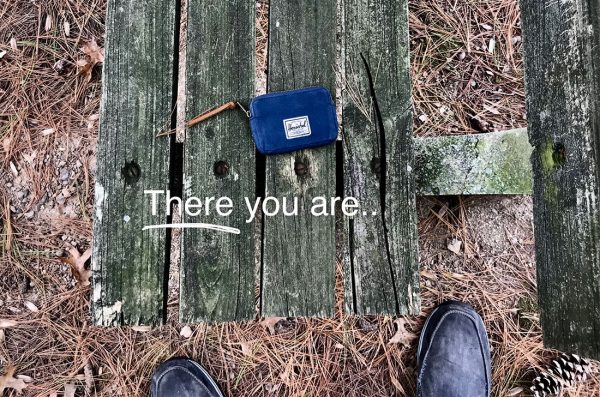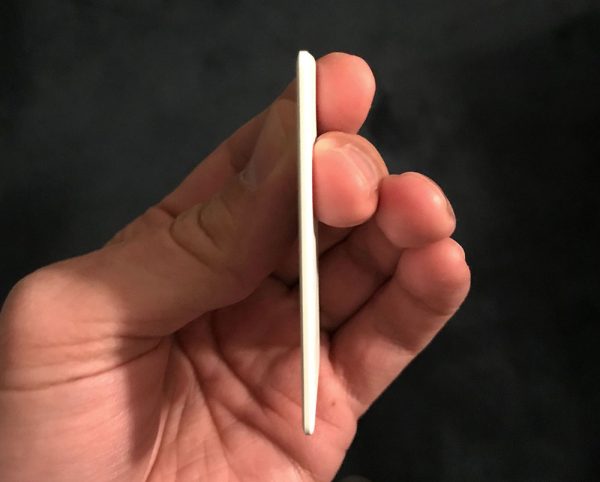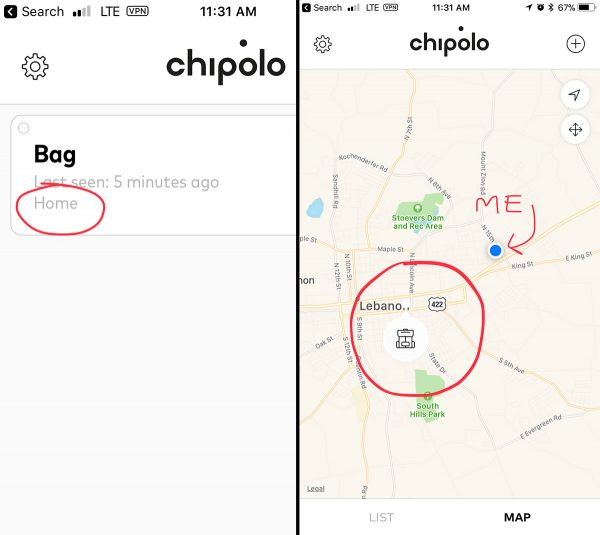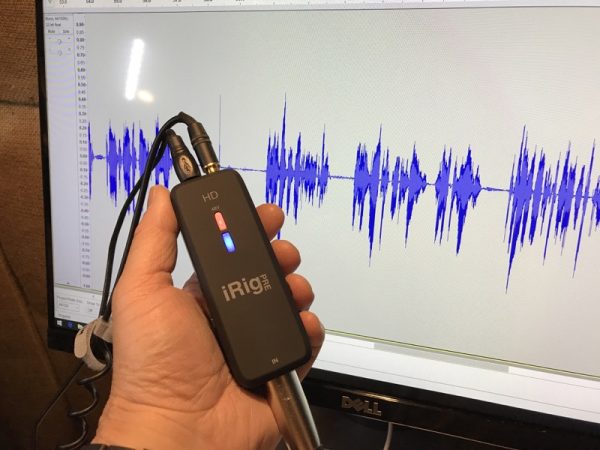
Got a favorite microphone with an XLR connector that you want to use with your computer? Do you want one small enough to work with your iOS device when you’re on the go? The IK Multimedia iRig Pre HD will do just that.
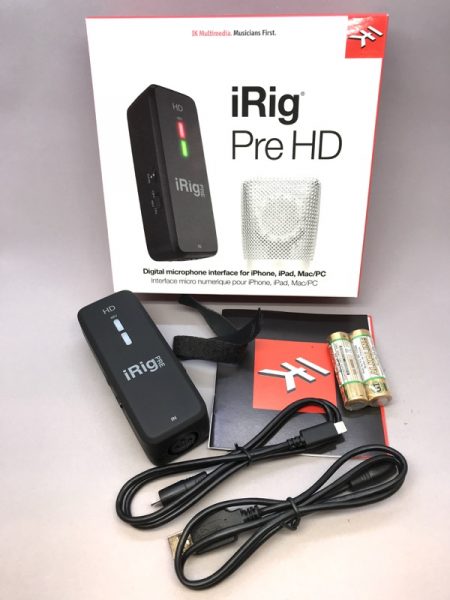
IK Multimedia makes affordable, quality audio gear, including a very clever clip-on microphone. But if you’re looking for something that works equally well in the field and in the studio that won’t break the bank, take a close look.
Hardware specs
Microphone Input
- Microphone Input: balanced female 3-pin, XLR. Pin 2: hot / Pin 3: cold / Pin 1: ground
- Microphone Input Level: from 6 mVpp to 1.4 Vpp
- Microphone Input Impedance: 2 kOhms
- Gain Range: 40 dB
- Phantom Power: +48V ± 4V
- Frequency Response: 20 Hz – 20 kHz +/-1.5dB
- Input Noise: -97 dB RMS, -105 dB(A)
Stereo Headphone Output
- Connector: 1/8” TRS Jack. Tip: right / Ring: left / Shield: ground
- Headphone Level Control numbered thumbwheel
- Headphone Level Power 100mW into 50 Ohms
Other Input/Output
- Device Connector: micro-USB
Common
- Conversion: 24-bit A/D, 24-bit D/A
- Sampling Rate: 44.1 kHz, 48 kHz, 88.2 kHz and 96 kHz
-
Power:
• USB bus powered when used with a computer
• Battery powered (2xAA included) needed for +48V phantom only
Package includes
- iRig Pre HD
- Lightning to micro-USB cable
- USB to micro-USB cable
- 2 x 1.5V AA battery
- Velcro strip
Dimensions
- Size: 40mm/1.57″ x 110mm/4,33″ x 34mm/1.34″
- Weight: 75g/2.65oz (batteries excluded)
- Cables length: 60cm/23.62″
Features
- MFi microphone interface certified by Apple “Made for iPhone and iPad”
- Compatible with Mac and PC
- Direct monitor switch for real-time monitoring or for playback
- +48V Phantom Power (with 2 x AA batteries)
- Class A mic preamp with onboard gain control
- Onboard headphone output (works with the latest iPhone)
- High definition 24-bit converters with up to 96kHz sampling frequency
- Multicolor LED for easy gain settings
- Includes IK’s renowned, professional software and apps
- Ultra-light and compact
- Sleek and elegant design
- Comes with USB and Lightning cables, 2 x AA batteries and a velcro mounting strip
Without AA batteries, the iRig Pre HD weighs less than three ounces.
You get two cables: One “normal” mini USB cable and the other is a peculiar looking mini USB to Lightning cable. That’s for connecting the interface directly to your iPhone or iPad.
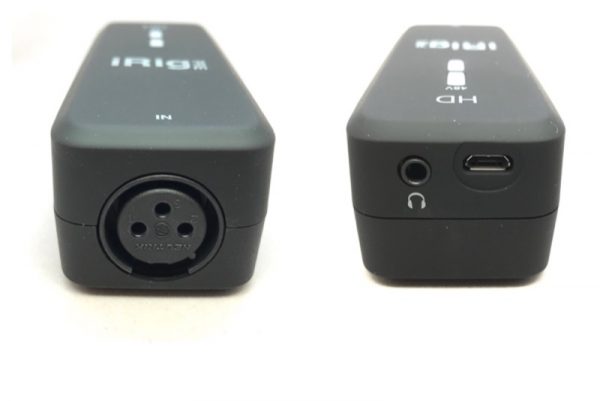 On the input end is a female XLR connector. You’ll find a headphone jack and mini USB connector on the other end.
On the input end is a female XLR connector. You’ll find a headphone jack and mini USB connector on the other end.
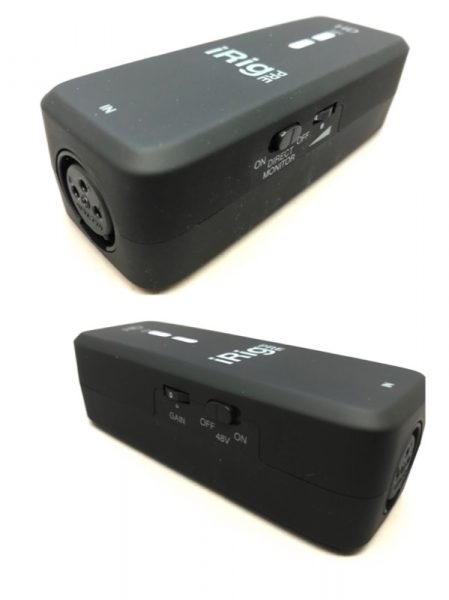 There’s a direct monitor switch and volume dial on the right side for headphone listening. On the left, a mic gain dial and a phantom power 48V switch.
There’s a direct monitor switch and volume dial on the right side for headphone listening. On the left, a mic gain dial and a phantom power 48V switch.
Note the two LEDs on the top. One glows blue for phantom power. The other is multi-colored LED for the signal. Red if you’re clipping, orange/green if you’re good to go.
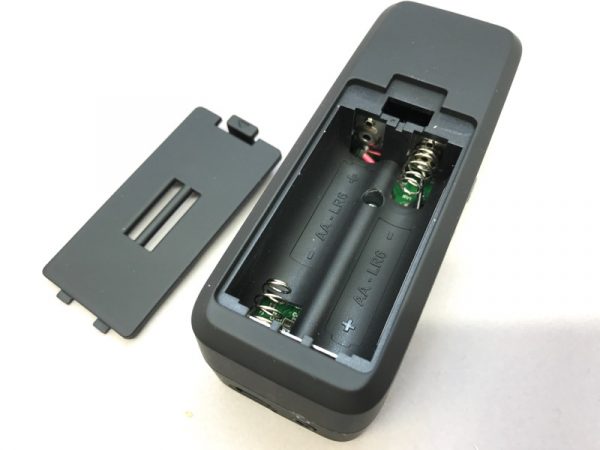
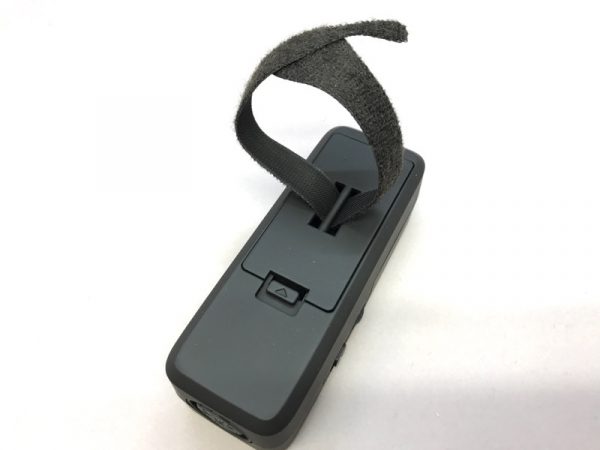 I was wondering what the velcro loop was for on the battery door. It’s for attaching to things like microphone stands.
I was wondering what the velcro loop was for on the battery door. It’s for attaching to things like microphone stands.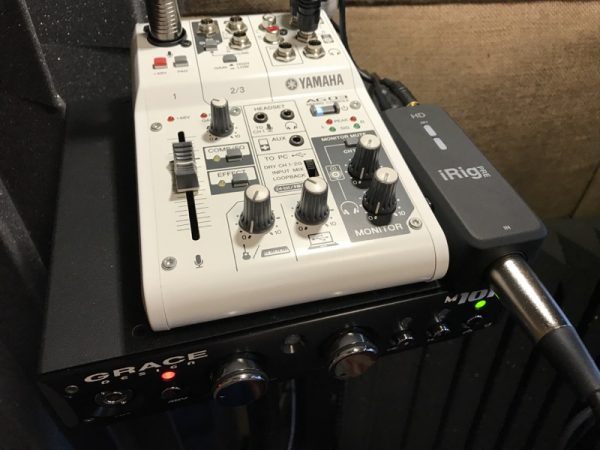
I brought the iRig Pre HD to my recording booth. Here it is sitting with the Grace Audio M101 preamp and the Yamaha AG03 mixer.
Audacity users: The iRig Pre HD is detected. Windows 10 version shown.
My condenser mic is the Neumann TLM103. With it, I tried three different methods:
Test 1: Neumann TLM103 mic to Grace Audio M101 preamp, Yamaha AG03 to a fanless PC recording with Audacity.
Test 2: Neumann TLM103 mic to iRig Pre HD to Audacity
Test 3: Neumann TLM103 mic to iRig Pre HD to iPhone
I expected my usual studio setup with the Grace Audio preamp to be full and warm, and it was. However, the iRig Pre HD performed admirably for something pocket-sized and value-packed. I couldn’t discern any game-ending auditory flaws such as noise or artifacts. Unless you’re burning a hole in your pocket the iRig Pre HD is a terrific one-stop purchase for both field and home recording needs.
Product Information
| Price: | $99.99 |
| Manufacturer: | IK Multimedia |
| Retailer: | Amazon |
| Requirements: |
|
| Pros: |
|
| Cons: |
|
Filed in categories: Reviews
Tagged: Audio gear, microphone
IK Multimedia iRig Pre HD microphone interface review originally appeared on The Gadgeteer on December 7, 2017 at 9:00 am.
Note: If you are subscribed to this feed through FeedBurner, please switch to our native feed URL http://the-gadgeteer.com/feed/ in order to ensure continuous delivery.

